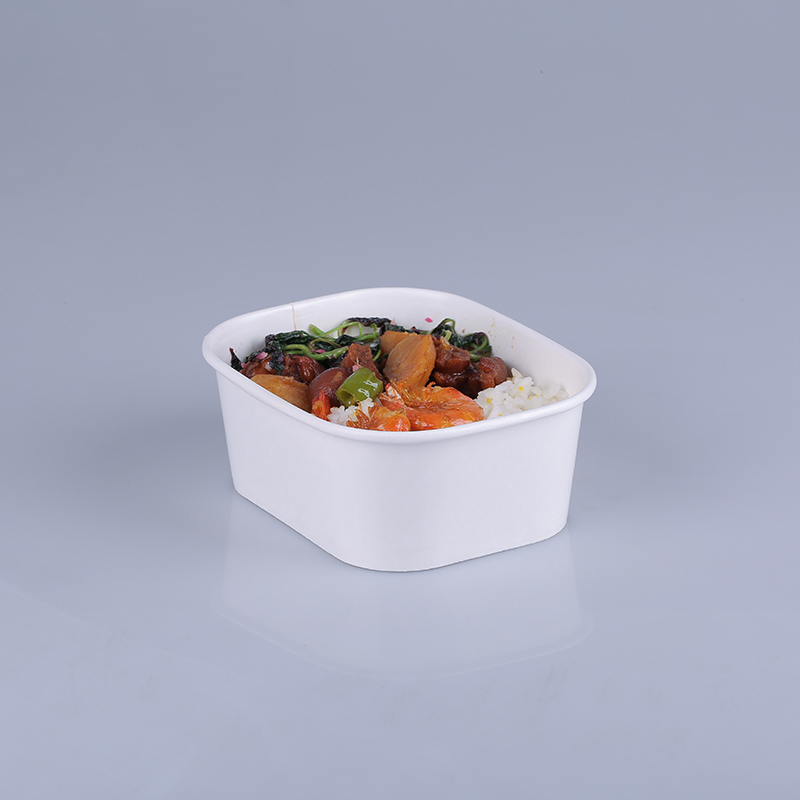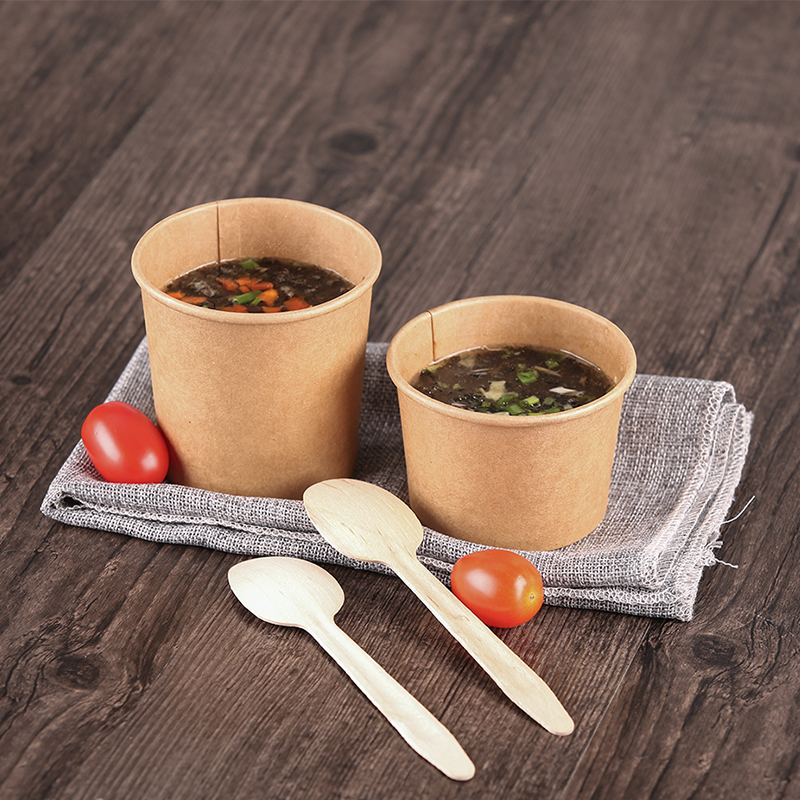
Paper bowls have become a go-to choice for serving food in homes, offices, and events, thanks to their convenience, light weight, and easy cleanup. Unlike heavy ceramic or fragile glass bowls, they eliminate the stress of broken dishes and tedious washing, making them ideal for busy lifestyles. But not all paper bowls are the same—knowing how to select and use them wisely can make a big difference in your experience, whether you’re serving a quick snack or hosting a gathering.
One of the biggest advantages of paper bowls is their versatility across different scenarios. For casual at-home moments, they’re perfect for cereal in the morning, popcorn during a movie night, or a single serving of fruit salad. Their compact size means they take up little storage space, which is great for small kitchens or apartments. At outdoor events like picnics, park barbecues, or sports games, paper bowls shine—they’re easy to pack in coolers, don’t add extra weight, and can be disposed of (responsibly) after use, so you don’t have to carry dirty dishes back home. They’re also a hit at parties, from kids’ birthday celebrations (where spills and drops are common) to potlucks, where guests can serve themselves without worrying about damaging shared dishware.
When choosing paper bowls, the first thing to check is the lining. Most paper bowls have a coating to prevent moisture from soaking through, which is crucial for wet or oily foods. Wax linings are traditional and work well for cold items like ice cream or yogurt, but they can soften if exposed to very hot foods (like steaming soup). For hot dishes, look for bowls with a plant-based or plastic-free heat-resistant lining—these can handle temperatures without warping or leaking. The thickness of the paper also matters: thicker bowls are sturdier, so they won’t collapse when you hold them or fill them with heavy foods like pasta or chili. Thin bowls might be cheaper, but they’re more likely to tear or bend, leading to messy spills.
Size is another key factor to consider. Paper bowls come in a range of sizes to fit different servings. Small bowls (around 4–6 ounces) are great for dips, sauces, or small desserts like pudding. Medium bowls (8–12 ounces) are the most versatile—they work for cereal, soup, side salads, or a single scoop of ice cream with toppings. Large bowls (16 ounces or more) are perfect for main dishes like stir-fries, large salads, or sharing snacks like mixed nuts or chips. Choosing the right size prevents waste (you won’t use a huge bowl for a tiny serving) and avoids overfilling, which reduces spills.

Using paper bowls correctly can also extend their usefulness. If you’re serving hot food, let it cool for a minute or two before pouring it into the bowl—this protects the lining and keeps the bowl from getting too hot to hold. For cold foods, chilling the bowl in the fridge for 10 minutes beforehand helps keep the food cold longer, which is nice for items like cold soup or fruit salad on a hot day. Most paper bowls aren’t designed for the microwave, so avoid reheating food directly in them—transfer leftovers to a microwave-safe plate instead. And while disposable, you can reuse paper bowls for dry foods if they’re still clean—for example, a bowl used for chips can be wiped out and used again for crackers.
Sustainability is an important consideration too. Paper bowls are often seen as a greener alternative to plastic, but their environmental impact depends on how they’re made and disposed of. Look for bowls made from recycled paper or sustainably sourced wood (check for certifications like FSC). Compostable paper bowls—made from materials like sugarcane fiber—are even better, as they break down naturally in compost bins. Always dispose of paper bowls in recycling or compost bins when possible, rather than throwing them in the trash, to reduce waste.
In short, paper bowls are a simple yet valuable tool for easy food serving. By choosing the right lining, thickness, and size, and using them thoughtfully, you can enjoy their convenience while minimizing mess and environmental impact. Whether you’re a busy parent, a frequent host, or someone who loves simple solutions, paper bowls offer a practical way to make mealtime and gatherings easier.


